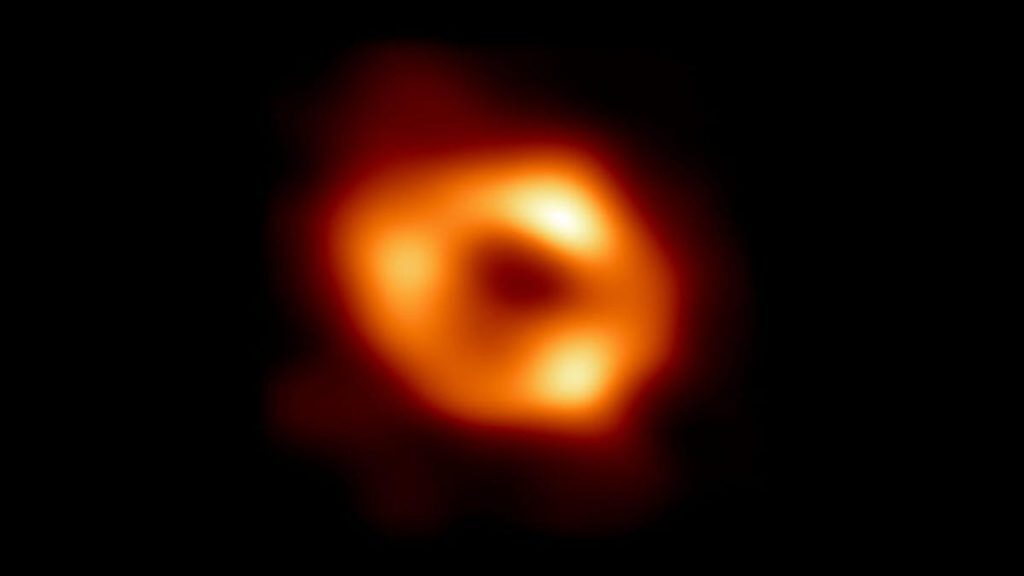Scientists have long been puzzled by the mystery of how some supermassive black holes became so large early in the universe’s existence. A recent study published in The Astrophysical Journal Letters may have provided an answer by revealing that there are more black holes than previously thought. Researchers used NASA’s Hubble Space Telescope to compare images taken 15 years apart and identified changes in brightness that allowed them to pinpoint previously undiscovered black holes. This discovery challenges the notion that supermassive black holes couldn’t have grown to such sizes in the early universe due to limitations on their growth during the accretion process.
According to lead author Matthew Hayes, the increased number of black holes in early galaxies opens up new possibilities for understanding their formation. Some of these black holes appear to be larger than expected for their age, leading to speculation that they either formed as very massive objects or grew at an extraordinarily rapid pace. Co-author Alice Young explains that the abundance of black holes suggests that they may have formed through a variety of mechanisms rather than a single uniform process. One proposed explanation is that supermassive black holes in the infant universe could have originated from dark stars collecting material and collapsing into massive black holes, defying conventional expectations.
Moving forward, researchers plan to utilize the James Webb Space Telescope’s enhanced sensitivity to further study these black holes and uncover more about their formation in the early universe. By examining the characteristics and behaviors of these enigmatic cosmic objects, scientists hope to gain insight into the processes that led to their existence and growth. The discovery of a larger population of black holes than previously thought challenges existing theories about their formation and raises intriguing questions about the origins of supermassive black holes in the universe’s infancy.
The study’s findings shed light on the role that black holes play in shaping the cosmos and offer a new perspective on the mysterious nature of these celestial entities. By leveraging advanced technological tools and innovative research methods, scientists are pushing the boundaries of knowledge in the field of astrophysics and uncovering hidden secrets of the universe. The exploration of black holes and their origins opens up new avenues of inquiry and challenges conventional wisdom about the mechanisms that govern the formation of these enigmatic cosmic phenomena. As researchers continue to probe the mysteries of black holes, the scientific community stands poised to unravel further insights into the fundamental workings of the universe and expand our understanding of the cosmos.












